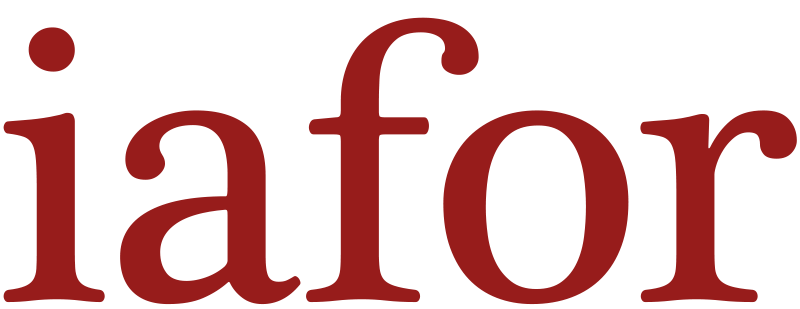Author: Cedric van Eenoo
Email: Contact author via IAFOR Publications Office: publications@iafor.org
https://doi.org/10.22492/ijah.5.1.07
Citation: van Eenoo, C. (2018). The In-Between. IAFOR Journal of Arts & Humanities, 5(1). https://doi.org/10.22492/ijah.5.1.07
Abstract
A painting, a musical piece, a text and a film have in common an arrangement of distinct elements organized to produce the work and to generate meaning. However, when the focus diverts from what is perceptible in the composition to what is implied, a new dimension can emerge. By concentrating on what is missing, the mind has a different perception of the art. The message is not direct, but suggested, allowing for freedom of interpretation. Utilizing omission rather than addition enables the viewer to recompose the piece and be involved through personal emotions. In this regard, the exploration of the void leans toward inwardness, emphasizing introspection and reflection. A closer look at psychology and its use in the visual arts with the Gestalt theory examines how the human brain tends to close gaps in shapes that are unfinished. This mechanism creates an immersive experience. Additionally, the Japanese concept of Ma utilizes and manipulates the notion of in-between, shifting the center of attention, to enable an intensification of vision. The work can operate on a new level of awareness, where the attributes that are actually absent become quintessential.
Keywords
deviation, art, film, music, image, empty space, ma
